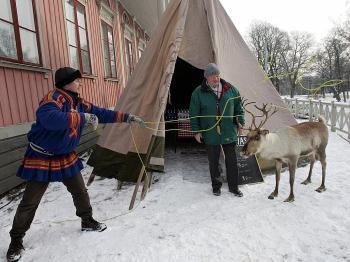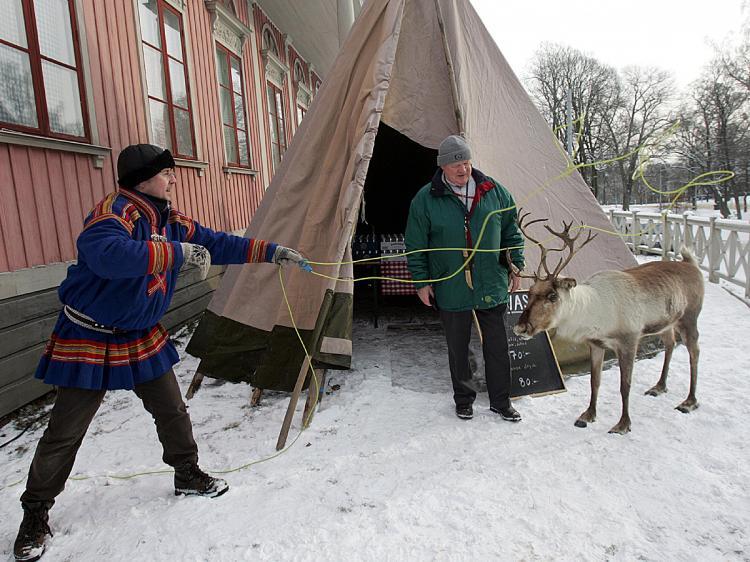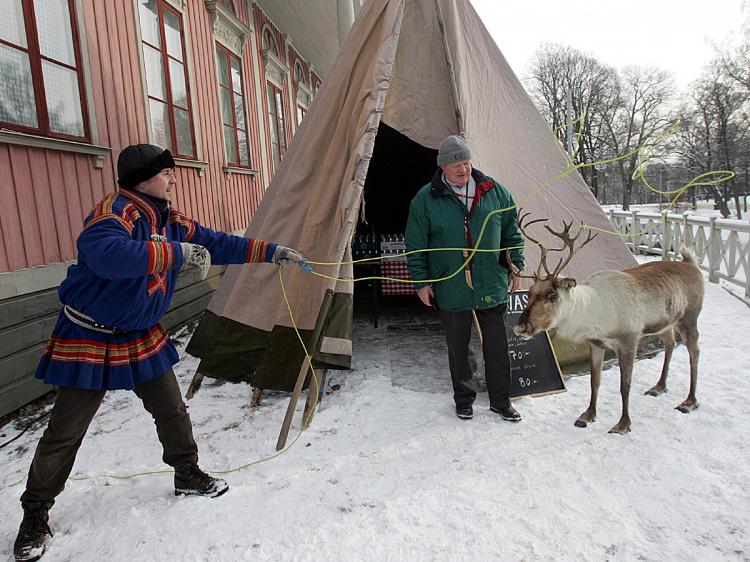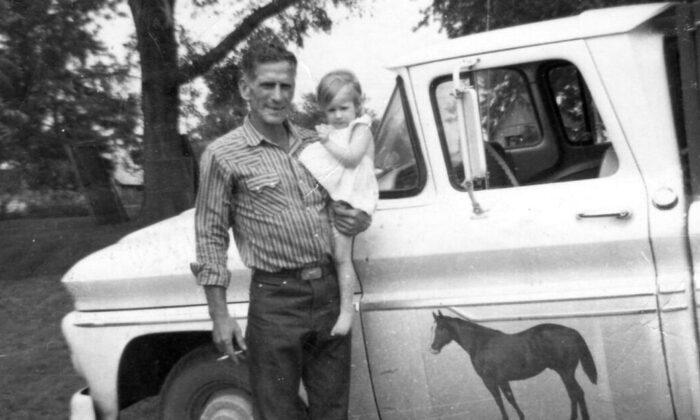GOTHENBURG, Sweden—In the early 20th century, human remains from all over the world were collected in the name of “racial biology,” which was in fashion at the time.
Uppsala University, Sweden’s oldest university, housed Sweden’s foremost center for this kind of research. Now, the university wants to make amends for its past transgressions.
Human remains have ended up in many different places in the name of research. In 1990, the Native American Graves Protection and Repatriation Act was passed in the United States in order to help native people recover these remains.
In Sweden, remains from the native people of Hawaii were found in the collections of the museum Historiska Muséet. These were returned to Hawaii through the organization Hui Malama in November 2009.
Sweden has no similar law, but it has its own native people, the Sami (also spelled Saami). Two investigations have been made to find out how much Sami remains are still stored in the drawers of Swedish government collections, but the Sami know that other nongovernment institutions hold remains as well.
The Sami Parliament writes on their homepage that Sami remains in government collections “symbolize the very core of colonialism and the atrocities committed against the Sami people.”
Uppsala University, Sweden’s oldest university, housed Sweden’s foremost center for this kind of research. Now, the university wants to make amends for its past transgressions.
Human remains have ended up in many different places in the name of research. In 1990, the Native American Graves Protection and Repatriation Act was passed in the United States in order to help native people recover these remains.
In Sweden, remains from the native people of Hawaii were found in the collections of the museum Historiska Muséet. These were returned to Hawaii through the organization Hui Malama in November 2009.
Sweden has no similar law, but it has its own native people, the Sami (also spelled Saami). Two investigations have been made to find out how much Sami remains are still stored in the drawers of Swedish government collections, but the Sami know that other nongovernment institutions hold remains as well.
The Sami Parliament writes on their homepage that Sami remains in government collections “symbolize the very core of colonialism and the atrocities committed against the Sami people.”
Uppsala University indicated that they only had a single pelvic bone from a Sami in their collections, but nevertheless gave Egyptologist Geoffrey Metz from the university’s Museum Gustavianum, the task of combing their collection for Sami bones one more time.
Metz found no less than 57 skulls and six complete skeletons, and that is probably not all because the archives are huge and a lot of the tagging has disappeared over the years.
Geoffrey Metz told Swedish Radio (SR) on May 31 that the university wants to face up to its past, but he said that it would like to keep archaeological material from the sites where the remains were taken, since they are of historical value.
This last point is likely to raise a debate, because for the Sami, this is a question about redeeming their past. It is not a simple matter of ownership, but of ethics.
“After these things have been returned, we, the representatives of the native peoples and the states involved, can continue our work against the racism and xenophobia that is the reason that these remains ended up in museums in the first place,” said Sara Larsson, then chairperson of the Sami Parliament, when the Hawaiian remains were returned in 2009.
In 1922, the Swedish Institute for Racial Biology, the first of its kind in the world and one of the most influential, was founded in Uppsala. For their research, a lot of material, such as Sami human remains, was gathered.
The context at the time was a widespread concern that people with “racial” traits that were considered inferior, would mix with the Swedish people and in the long run make the Swedish “race” deteriorate.
These ideas were commonplace throughout the Western world at the time, forming the justification for the ideology behind Nazi Holocaust policies against the Jews, Roma people (Gypsies) and other ethnicities during the 1930s and 1940s.
Over the past two decades, Swedish researchers have looked more deeply into the impact that Swedish research had on Nazi Germany policies, bringing a certain sense of shame to a country that had considered itself “neutral” during the war and known for championing human rights during the postwar era.
The Samis have also permanently lost parts of their traditional culture, such as their shamanic tradition, due to forced assimilation into the Christian Swedish society in the 18th century. Many people, especially the Samis themselves, feel that Sweden has not yet properly dealt with its colonial past and the suppression of the Sami.
At the end of May, the latest draft of the new Swedish Constitution for the first time recognized the Sami as a fully-fledged people and not an ethnic minority, according to local media reports. This is also being taken as a step in the right direction toward righting past wrongs.
Metz found no less than 57 skulls and six complete skeletons, and that is probably not all because the archives are huge and a lot of the tagging has disappeared over the years.
Geoffrey Metz told Swedish Radio (SR) on May 31 that the university wants to face up to its past, but he said that it would like to keep archaeological material from the sites where the remains were taken, since they are of historical value.
This last point is likely to raise a debate, because for the Sami, this is a question about redeeming their past. It is not a simple matter of ownership, but of ethics.
“After these things have been returned, we, the representatives of the native peoples and the states involved, can continue our work against the racism and xenophobia that is the reason that these remains ended up in museums in the first place,” said Sara Larsson, then chairperson of the Sami Parliament, when the Hawaiian remains were returned in 2009.
In 1922, the Swedish Institute for Racial Biology, the first of its kind in the world and one of the most influential, was founded in Uppsala. For their research, a lot of material, such as Sami human remains, was gathered.
The context at the time was a widespread concern that people with “racial” traits that were considered inferior, would mix with the Swedish people and in the long run make the Swedish “race” deteriorate.
These ideas were commonplace throughout the Western world at the time, forming the justification for the ideology behind Nazi Holocaust policies against the Jews, Roma people (Gypsies) and other ethnicities during the 1930s and 1940s.
Over the past two decades, Swedish researchers have looked more deeply into the impact that Swedish research had on Nazi Germany policies, bringing a certain sense of shame to a country that had considered itself “neutral” during the war and known for championing human rights during the postwar era.
The Samis have also permanently lost parts of their traditional culture, such as their shamanic tradition, due to forced assimilation into the Christian Swedish society in the 18th century. Many people, especially the Samis themselves, feel that Sweden has not yet properly dealt with its colonial past and the suppression of the Sami.
At the end of May, the latest draft of the new Swedish Constitution for the first time recognized the Sami as a fully-fledged people and not an ethnic minority, according to local media reports. This is also being taken as a step in the right direction toward righting past wrongs.





Friends Read Free